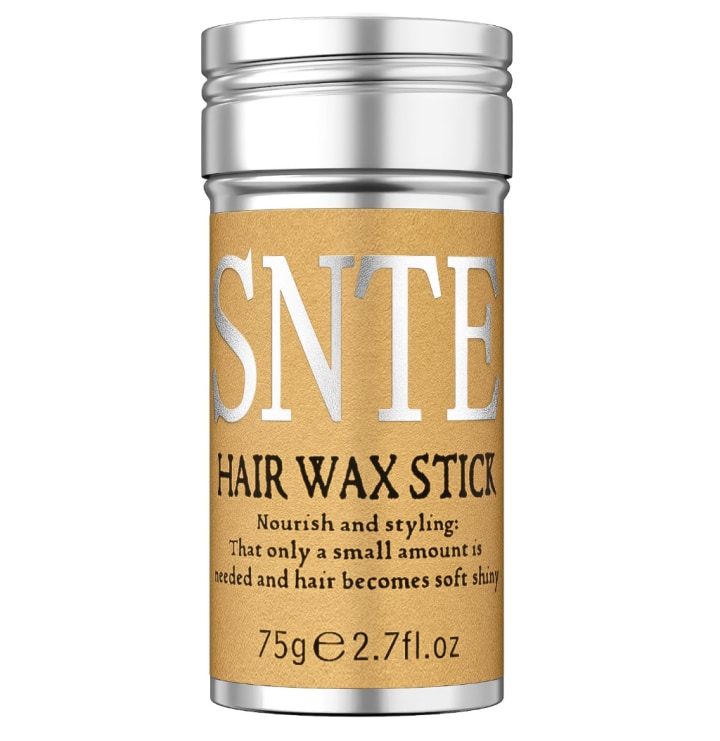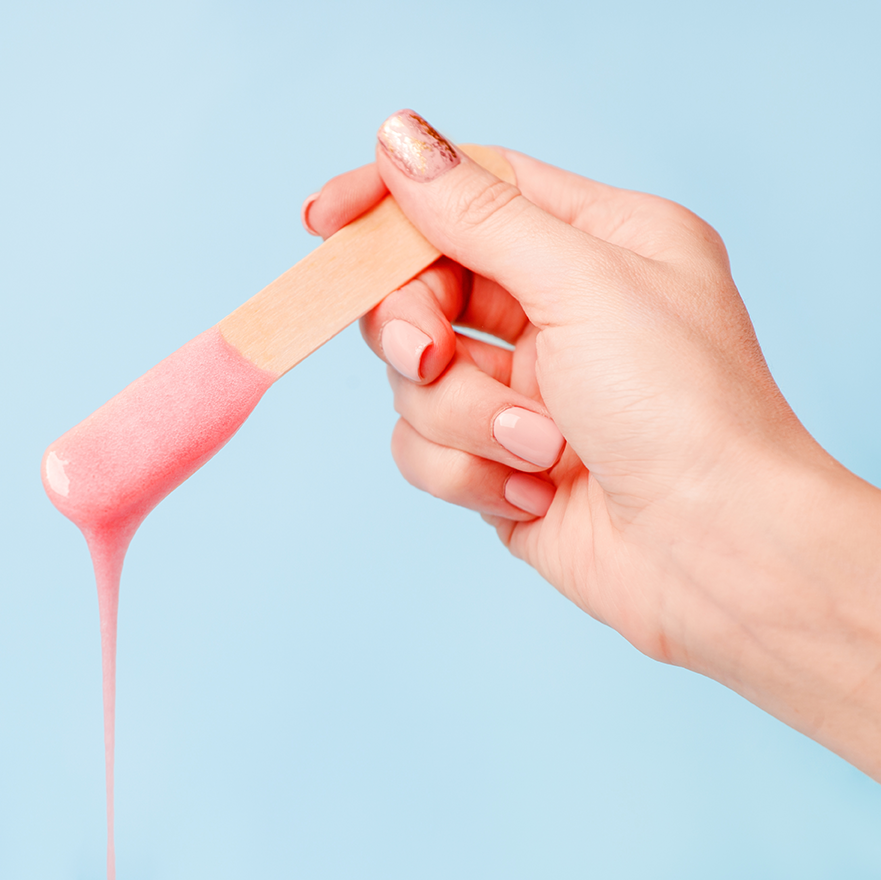Waxing for Men and Women: Customized Hair Removal Solutions
Mastering the Art of Waxing: Essential Tips for a Pain-free Hair Removal Experience
In the world of personal pet grooming, grasping the art of waxing is an ability that can significantly enhance one's hair removal experience. The procedure of waxing, though efficient in achieving smooth skin, can often be related to discomfort and discomfort if not implemented correctly. By understanding and applying vital suggestions, individuals can browse this hair removal strategy effortlessly and very little discomfort. From pre-waxing prep work to selecting the right wax and understanding correct shaving strategies, the journey to a pain-free shaving experience is paved with understanding and competence.
Pre-Waxing Preparation
Before undertaking a waxing session, it is essential to correctly prepare your skin to decrease pain and accomplish ideal hair removal results. Prevent hydrating on the day of your waxing session as it can produce a barrier between the wax and your hair, leading to less successful outcomes.
Furthermore, it is critical to cleanse your skin thoroughly before waxing to eliminate any kind of oils, creams, or dust that might interfere with the wax's ability to grip the hair. This step not only boosts the performance of the waxing process but also helps in reducing the risk of post-waxing breakouts - Laser Hair Removal. By adhering to these pre-waxing preparation steps, you can make sure a smoother and a lot more comfortable hair removal experience

Picking the Right Wax
Picking the ideal kind of wax is essential for ensuring a comfy and effective hair elimination procedure. There are several kinds of waxes readily available, each catering to different skin types and hair structures. Both major classifications of wax are hard wax and soft wax. Tough wax is appropriate for sensitive areas like the face, underarms, and bikini line as it adheres only to the hair, making it much less excruciating for these fragile areas. On the other hand, soft wax is suitable for bigger areas like legs and arms as it is applied thinly and gotten rid of with fabric strips.
When picking a wax, consider your skin sensitivity, hair thickness, and the area you prepare to wax. Rugged hair might need a wax specifically developed for solid hair removal.
Appropriate Waxing Technique
To begin, it is vital to cleanse the skin thoroughly before applying the wax. Furthermore, always guarantee that the wax is warmed to the appropriate temperature level to prevent burns or inefficient hair removal. Using the wax in the instructions of hair development and eliminating it versus the hair growth helps to make certain that the hair is drawn from the root, resulting in smoother and longer-lasting results.
Moreover, utilizing small areas of wax at a time and pressing firmly on the More about the author wax strip prior to removal can aid improve the efficacy of the process. Finally, bear in mind to use mild stress on the skin after waxing to calm any type of discomfort and lower redness. By adhering to these correct shaving strategies, you can achieve a more effective and enjoyable hair removal experience.
Aftercare Tips

Additionally, it's advisable to avoid activities that may trigger too much sweating, such as extreme exercises, immediately after waxing to stop further irritability. If any type of redness or bumps persist after waxing, using a cold compress or aloe vera gel can help lower inflammation - Laser Hair Removal. Following these aftercare pointers faithfully can guarantee a reliable and comfy waxing experience with durable results

Troubleshooting Common Issues
Another concern is ingrown hairs, where hair swirls back or grows laterally right into the skin after waxing. Furthermore, if you experience wounding or redness after waxing, applying a cool compress can lower swelling and relieve the skin. By attending to these usual waxing concerns proactively, you can boost the total effectiveness and comfort of your hair elimination regimen.
Verdict
In conclusion, understanding the art of waxing calls for proper prep work, picking the best wax, making use of the right method, and complying with aftercare suggestions. With practice and focus to detail, waxing can be an effective hair elimination method.
Additionally, it is essential to cleanse your skin extensively before waxing to remove any oils, creams, or dust that might interfere with the wax's capacity to hold the hair. The 2 main groups of wax are hard wax and soft wax.When choosing a wax, consider your skin level of sensitivity, hair density, and the location you prepare to wax.Moreover, utilizing little sections of wax at a time and pressing firmly on the wax strip before elimination can assist boost the effectiveness of the procedure. After waxing, it's critical to maintain the waxed location free and clean from toxic irritants.